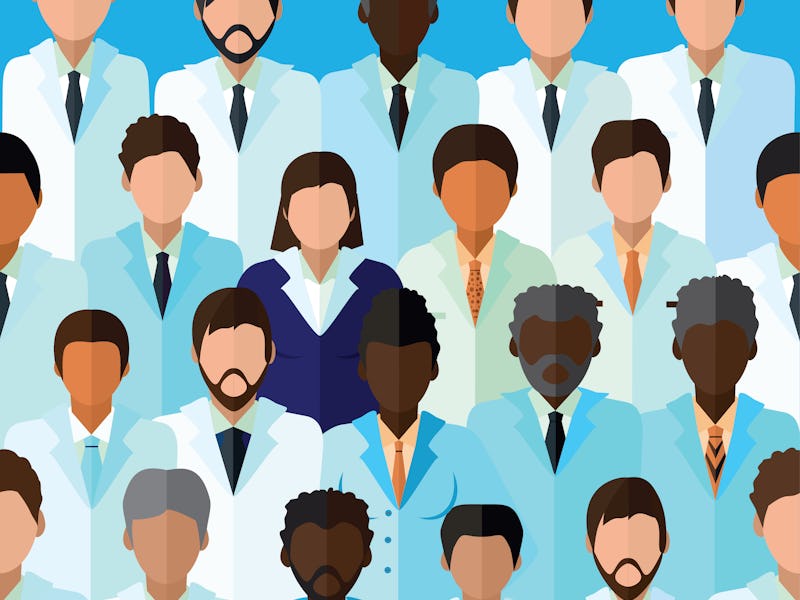This tech could prevent COVID-19 hospital overcrowding
The crisis is overwhelming us. Technology could lend a hand.

Its become clear over the past few weeks that hospitals around the world are not prepared to handle the brunt of a global pandemic. With limited space, staff and supplies, hospitals are at the brink of being overcrowded and unable to offer life-saving medical care to those who need it. Technology can offer the organizational skills that make the difference between life and death.
It's not entirely the fault of hospitals: the sheer number of patients coming into hospitals as a result of COVID-19 is unprecedented. But there's also evidence of underlying efficiency problems in out-dated hospital infrastructures that has made the crisis worse. Wil Lukens, chief commercial officer of the data-centered healthcare optimization company CenTrak, tells Inverse that using the Internet of Things could help solve this problem.
"Planning for the worst-case scenario is essential for saving more lives," Lukens says. "Unfortunately, we’re seeing what can happen without that sort of preparation in Italy today. Hospitals using CenTrak’s location and sensing technology will help prevent the spread of infectious diseases and better manage the expected massive demand for care in the weeks and months ahead."
When it comes to optimizing healthcare, CenTrak offers a couple of different solutions from capacity monitoring software and hand hygiene compliance monitoring to nurse call automation and individual patient location tracking devices. Steps like these help patients get treated faster, say CenTrak, and also reduce the amount of time spent waiting in a crowded hospital. With coronavirus spreading quickly through social interaction, this last benefit is essential to changing the course of the virus.
Lukens tells Inverse that in several hospitals across the country, these assets are already in action fighting the virus.
Through the company's technology, Lukens says, "healthcare facilities can accurately track patients’ interactions with clinical staff, facility equipment and even other patients and visitors. For example, at some hospitals, staff wear “smart” badges, patients wear single-use smart ID bracelets, and visitors can be tracked with either smart badges or via Bluetooth on their smart phones.
The tracking tags, badges and phones automatically communicate with the system to accurately locate their position, at the room and even sub-room level depending on the deployment. If someone begins to show signs of the virus, the data provided by the system allows healthcare workers to see everyone and everything that person has come in contact with. The sooner the hospital staff can identify who was exposed, the less the disease can spread."
Currently, the company's location and sensing services are in more than 1,700 healthcare facilities nationwide.
As for hospitals without this tech who are already feeling the strain of COVID-19, Lukens says they're not without options.
"Planning ahead is key," he says. And if they're not in place already, simple additions to a hospital "can be completed in a matter of a few weeks and can quickly deliver value by improving workflows, containing infection risks, increasing staff and patient safety, and reducing the cost of care. Of course, more sophisticated applications tend to derive more meaningful benefits."
Those sophisticated applications could help out hospitals not only in badly needed efficiency edges, but also in a realm that will be felt in years to come: financial solvency. Lukens points to one North Carolina hospital that has saved "$10 million dollars over a 4-year period as result of their location services investment."
Whatever comes next in the unfolding crisis, better organization could offer a helping hand.
THE INVERSE ANALYSIS
Data tracking through the Internet of Things has become both less appealing and more inevitable in recent years, but at a time where data and precision are our only option for flattening the spread of COVID-19, implementing data-driven strategies seems like a powerful solution. However, after hospitals have emerged on the other side of this pandemic, it will be important to consider where data and individual privacy rights intersect and how hospitals can be more efficient without reducing workers and patients to data points.